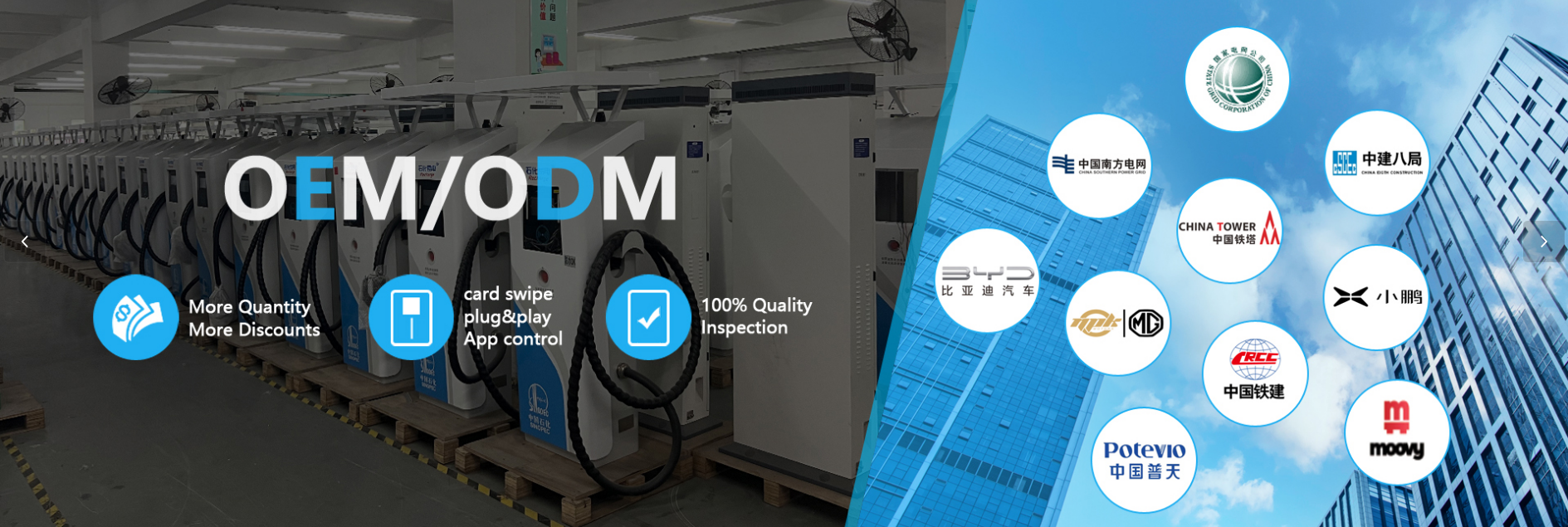
Photovoltaic energy storage charging solution
A photovoltaic energy storage and charging solution offers a sustainable, efficient, and reliable approach to energy management and EV charging. By integrating solar power generation, energy storage, and intelligent charging infrastructure, this solution supports the transition to renewable energy and enhances the user experience. As technology continues to evolve, future innovations will further enhance the capabilities and benefits of this integrated solution, driving the adoption of clean energy and electric vehicles.
An energy storage and charging integrated unit, also known as a photovoltaic-storage-charging (PVSC) integrated system, is a comprehensive device that combines photovoltaic power generation, energy storage systems, and charging facilities. This type of system is widely used in electric vehicle charging stations, smart grids, off-grid systems, and microgrids. Here are the main components and functionalities of such a unit:
Components
Photovoltaic Power Generation System: This includes photovoltaic modules, inverters, and power optimizers. The photovoltaic modules capture and convert solar energy into electricity. Inverters convert the direct current (DC) generated by the modules into alternating current (AC) and manage the entire photovoltaic system.
Energy Storage System: Comprising energy storage batteries and a battery management system (BMS), this system stores excess energy generated by the photovoltaic system and releases it during peak demand. The BMS manages the charging and discharging processes of the batteries, ensuring safe and efficient operation.
Charging Facilities: These include charging stations that are compatible with various charging standards and can deliver high power to charge electric vehicles quickly and efficiently. Some advanced solutions feature liquid-cooled ultra-fast chargers that improve safety and efficiency.
Operation and Management
Energy Management System (EMS): The EMS coordinates the energy flow between the photovoltaic system, energy storage, and charging facilities. It optimizes the use of renewable energy, minimizes grid dependency, and ensures efficient charging of electric vehicles.
Grid Interaction: In grid-connected mode, the system can feed excess energy back to the grid or draw power from the grid during off-peak hours. It also supports grid services such as frequency regulation and load balancing.
Advantages
Efficient Energy Utilization: By integrating solar power generation and energy storage, the system maximizes the use of renewable energy and reduces reliance on traditional power sources.
Cost Savings: Self-generated and stored energy can be used for charging, reducing electricity costs.
Grid Stability: The energy storage system helps balance the grid load, providing stability during periods of high demand.
Environmental Benefits: Utilizing clean energy sources reduces carbon emissions and supports sustainable development.
Flexibility and Reliability: The system is adaptable to various environments and can provide reliable power even in off-grid scenarios.
Applications
Electric Vehicle Charging Stations: Provides a green and efficient charging solution for electric vehicles.
Smart Microgrids: Enhances the autonomy and reliability of microgrids by integrating local energy production and storage.
Off-Grid Systems: Ideal for remote areas or locations with limited grid access, ensuring a continuous power supply.
Commercial and Industrial Use: Offers energy independence and cost savings for businesses and industries.
The energy storage and charging integrated unit offers a sustainable and efficient solution for managing energy in various applications, leveraging renewable energy and advanced storage technologies to meet the growing demands of modern energy consumption while supporting environmental goals.






